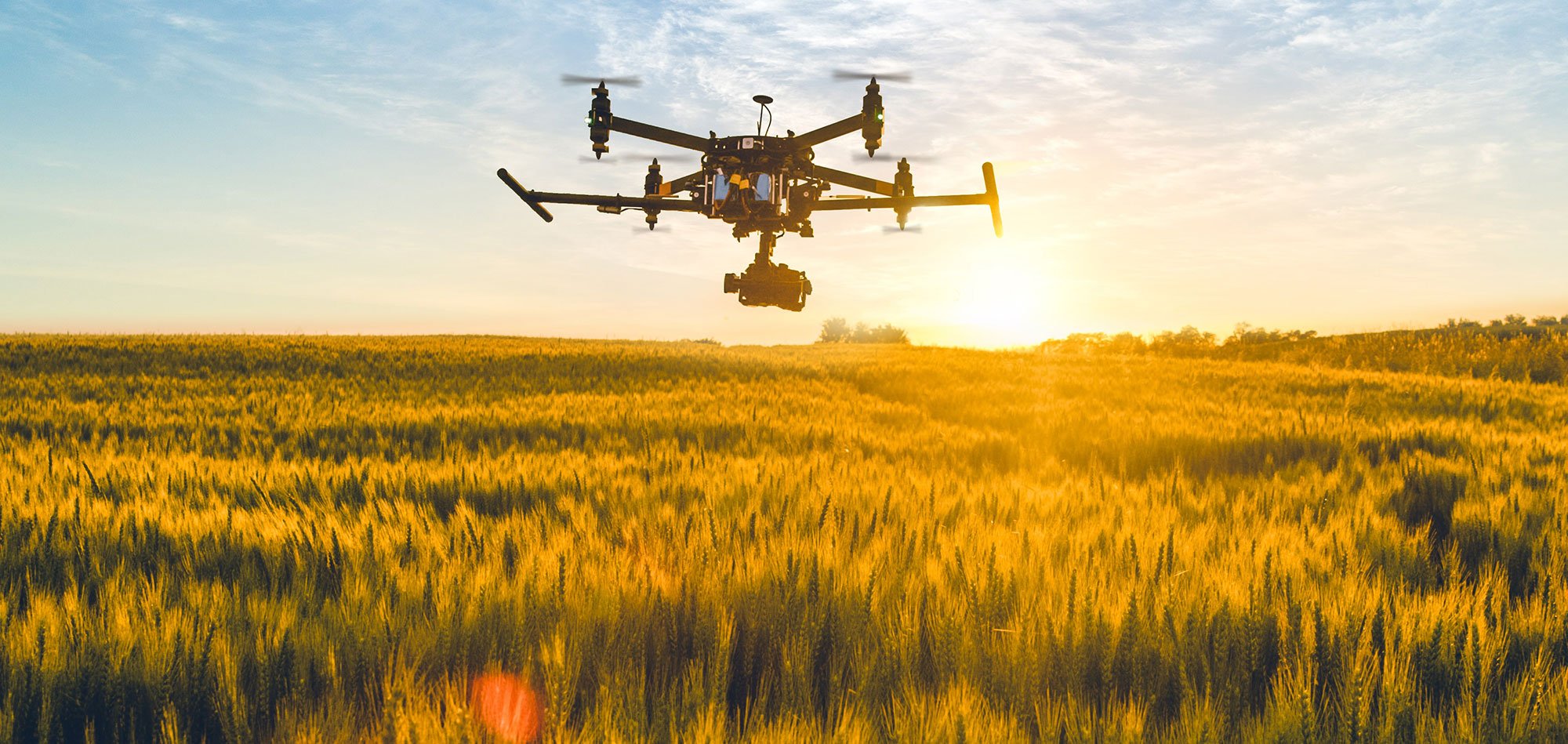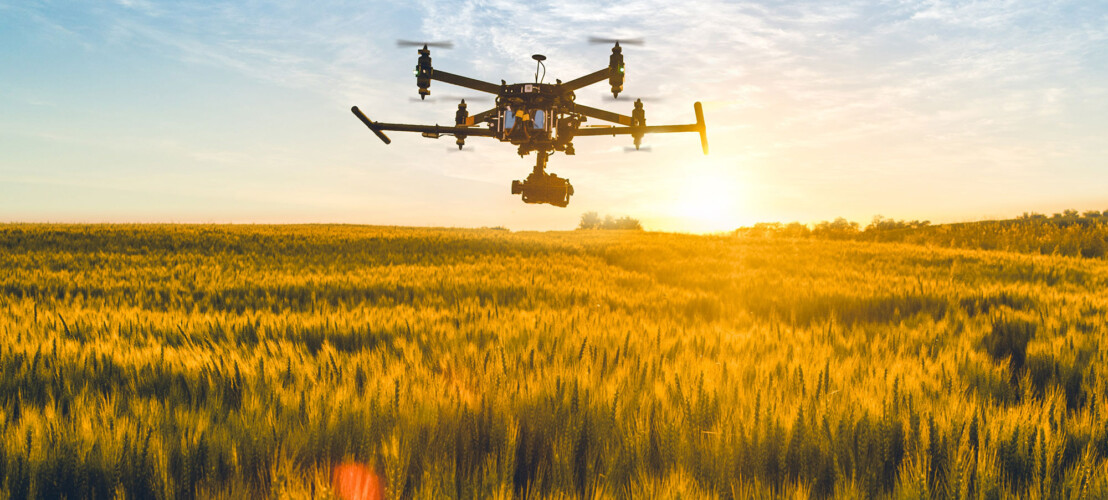Ingenieurs- en adviesbureau Antea Group en DroneQ Robotics zijn bijna klaar met de voorbereiding van Xpedition New Horizons: de vlucht met een drone van het Friese Oranjewoud (in de gemeente Heerenveen) naar Kopenhagen. After an earlier test flight in the City of Nijmegen the dry run of the first part of the 750 kilometres long drone flight over three countries is scheduled to take place today. The real flight is to be conducted between 30th of June and the 4th of July.
Carrying out such a long distance flight across the airspace of three different countries, offers quite some challenges, says Coert Ruseler – Antea Group’s Environment, Safety and Health Director. “Consider the safety issues, the number of observers necessary during the flight, the various other conditions one has to take into account as well as the European laws and regulations one has to comply with. For us it will indeed prove to be quite an educational trajectory.”
Extended Visual Line of Sight
Under the new European laws and regulations pre-programmed drones are permitted to fly this route without much direct human interference. However, the Netherlands isn’t ready to implement this new legislation yet. This is why the Antea Group is forced to – for now – use an ‘EVLOS’ drone, which stands for Extended Visual Line of Sight. EVLOS allows a drone pilot to be in constant contact with the observers on the ground along the route.
A relay of observers on the ground
During the dry run 18 observers will be involved monitoring the flight. Equipped with binoculars, walkie-talkies and mobile phones they will be positioned at 1.5 kilometres distance from each other along the route. As soon as an observer sees the drone, he calls it in. After the drone has passed and is heading towards the next observer, the first observer leaves for the last position in the row of observers, etc. This allows the drone – similar to a relay match – to be followed non-stop during its test flight. With its length of 52 kilometres, it also will be the longest drone flight in Dutch history.
International flight optimally prepared
There are quite a lot of challenges to be dealt with during this planned flight. Ruseler: “The drone will run into and thus have avoid highways as well as power lines, nature reserves and railway tracks. These will all be taken into account as best as possible when determining the route and positioning the observers. All these elements will be tested in today’s flight in order to be optimally prepared for the real international flight later this year.”
The objective of the drone flight
Antea Group has been investing in drone technology for quite some years now. As such, it has used drones (including the robot dog Spot) for the inspection of art works, industrial sites as well as for monitoring traffic situations. “This drone flight aims to demonstrate to what extent and in what capacity drones can safely be used in the near future as well as how much valuable data they can generate in order to make our living environment much more sustainable,” Ruseler states.
The flight will be conducted in collaboration with DroneQ Robotics. AirHub has been requested to provide assistance in preparing the flight.
Source:
https://anteagroup.nl/persberichten/generale-repetitie-voor-dronevlucht-antea-group-naar-kopenhagen




